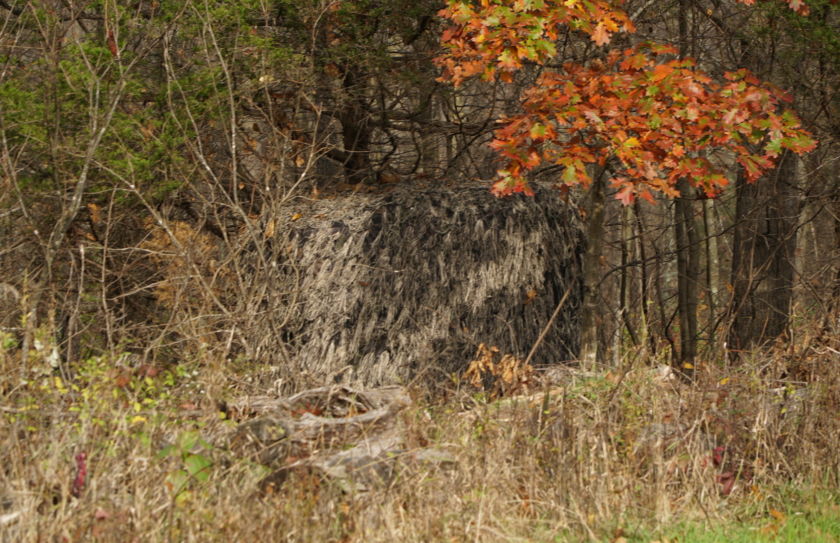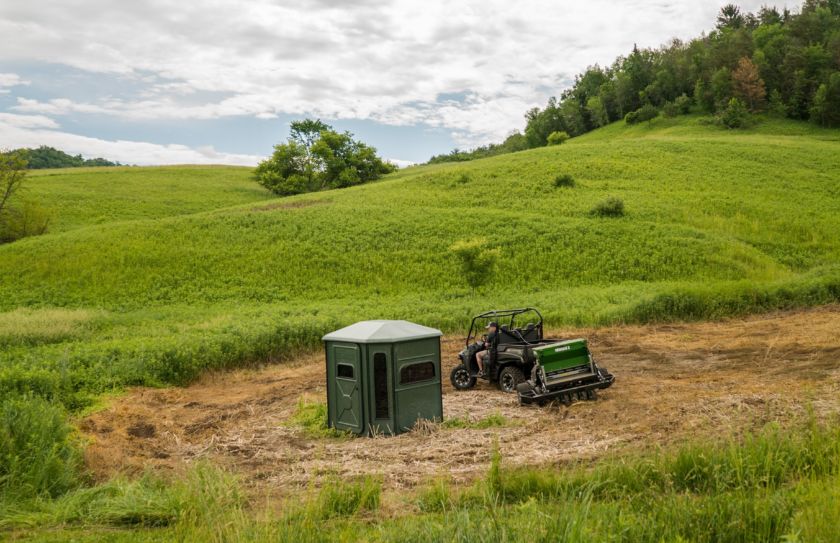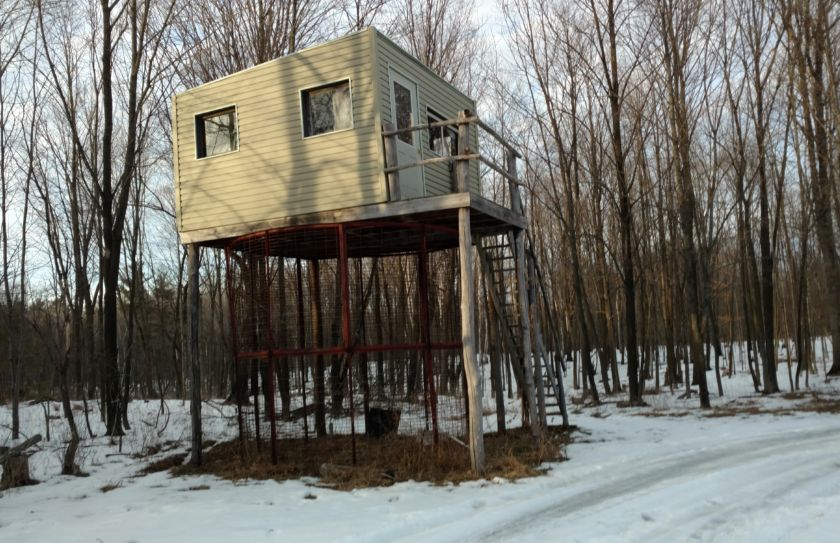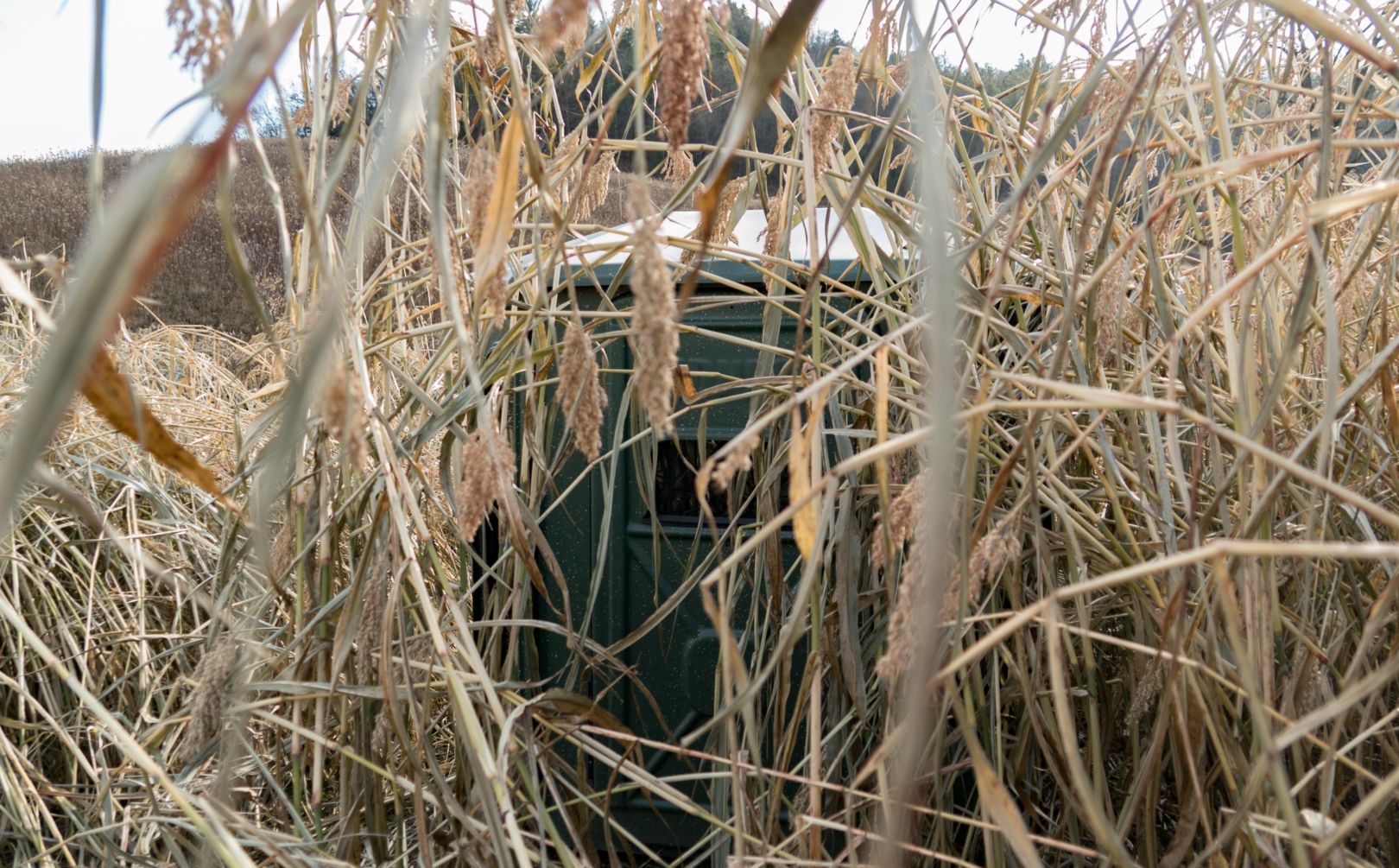
How you choose to locate your deer blind can literally make or break your entire season. While the #1 strategy for hunting whitetails should be to keep from ever spooking any, hunters are often doomed before the season even begins when their blinds locations do not allow them to hunt, without spooking deer to distant lands.
As I travel the country designing whitetail parcels, the #1 problem I experience is poorly located deer blinds. I would estimate that on over 400 out of 650 deer parcels, in 22 states and counting since 2005, there were deer blind location issues ranging from catastrophic to at a minimum, problematic. Cable hunting shows don't help! It has been increasingly tough to turn on any hunting show and to not see a hunting celebrity hunting out of their favorite blind. Folks, don't be fooled! While hunters in low pressure states such as Iowa and Kansas can often get away with poorly positioned deer blinds, the rest of the country can not, in particular in high pressure states like MN, WI, MI, OH, NY, and PA. However, that doesn't mean that you should never hunt out of a deer blind! Instead, there are several blind location strategies that you can use, while you enjoy your favorite deer blind without spooking any deer.
*One of my favorite strategies near a food plot, is to hide my deer blinds within a surrounding wall of High Quality Deer Screening.
Top Deer Blind Location Strategies
No matter what, you have to be able to get in and out of your deer blinds without ever spooking a deer. That actually is a whole lot easier than it sounds, if you stick to these basic deer blind location strategies:
1. Keep Blinds Out Of Food Plots
Spook deer one time getting into or out of a blind, and the effectiveness of that blind could be tarnished for a week or more. However, when you spook deer multiple times over the course of a few weeks, the location can be ruined for an entire season, if your desire is to harvest the oldest bucks in the neighborhood.
2. Spook Free Tests
There are two tests that I like to make certain of, for any potential blind location:
*Can you imagine 20 deer on your food plot, while still being able to get in and out of the blind without spooking them?
*Does your blind disappear easily with the named eye, from 100 yards or more?
If you are answered "Yes" to both of those questions, you have a great start however, both of those should receive a passing grade before you ever even think about your next blind placement.
3. Ultimate Scent Control
What is the ultimate form of scent control? Your blind location. No matter how high of quality your blind is, no matter what scent elimination contraption you believe in and no matter what spray or magic dust you apply, your season will be eventually doomed if you believe that which way the wind is blowing, ins't a concern.
4. Downwind Completely Blocked
What is the best way to make sure a deer never smells you? To make sure that there is little to no reason for a deer to ever get downwind of you. Schools, industrial parks, rivers, lakes, houses, cliffs, roads, mature timber, pastures and rock outcroppings are all examples of blind locations downwind blockers, that you can use to take your scent completely out of the picture.
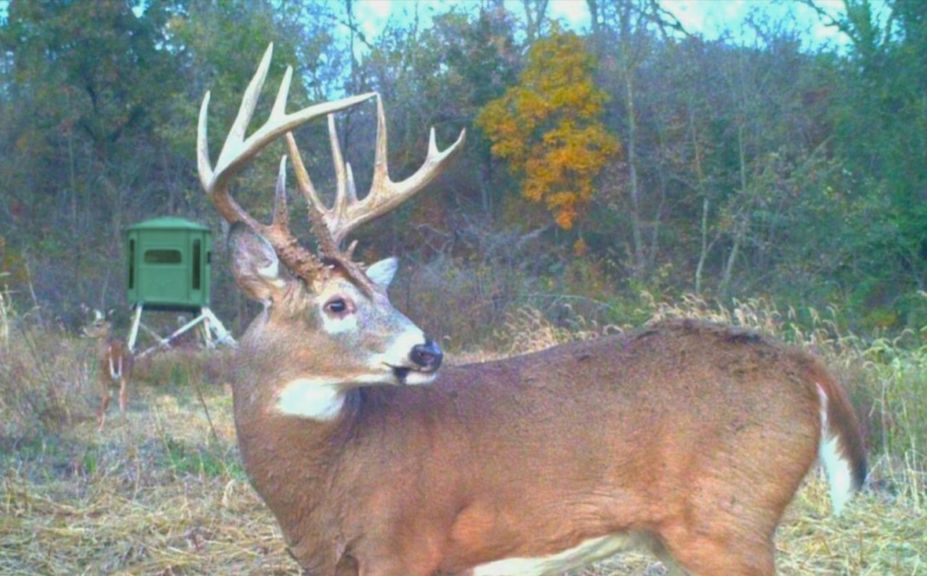
*Even though this deer blind doesn't pass the 100 yard Eye Test, it is located for great access from behind with a tornado hinge cut zone created downwind to make sure the hunter never spooks deer. Quality deer blinds will last for decades, so make sure that you check out a Redneck Deer Blind!
Conclusion
TV is great for entertainment, but when it comes to cable TV hunting shows, they are not so great for actually teaching hunting skills. Deer blind hunting practices are incredibly misleading on TV shows and it is a shame, because a lot of resources of time and dollars are spent to simulate TV scenarios, in non-TV appropriate situations. By using the above strategies to manage your deer blind location strategies, you can virtually eliminate any risks of using a deer blind, while at the same time putting back the HUNT in hunting.
